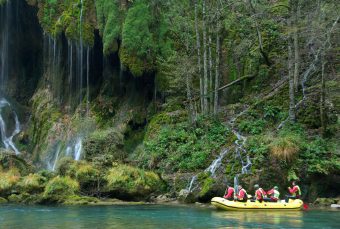
Within the framework of negotiations with the European Union, Montenegro has recently opened Chapter 27 covering the protection of the environment. The Minister of Sustainable Development and Tourism of this neighbouring country, Pavle Radulovic, and one of the key political helmsmen on the way to closing of this important chapter, revealed to us the future direction of Montenegro’s environmental policy, favourite landmarks of his homeland, means to solve the problems with waste, but also the weak points in the preservation of the natural surroundings. The Minister will join efforts with his associates and the entire nation to improve the health of the environment.
EP: Considering that Montenegro has recently opened Chapter 27, what are your further plans regarding environmental protection?
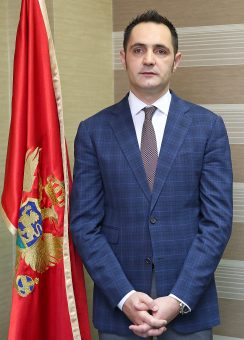
Pavle Radulovic: We are pleased and proud to have opened Chapter 27 and to continue the fulfilment of the European agenda, but this Chapter indeed has a deeper meaning for me. I expect that, aside from working on the most pressing infrastructure projects, we change our habits to create a healthier environment. In the Negotiating positions document, steps toward fulfilling the obligations are set, with a focus on difficulties in implementation. For the application of specific regulations of the EU acquis, we requested transitional periods, because the implementation of EU legislation in the field of Environment is not an easy and quick process, as we plan it to be adequately performed. We will continue the work on the construction of the wastewater treatment plant, the infrastructure in the field of waste management and remediation of industrial pollution along with many other activities. The establishment of the Natura 2000 protected areas network, which is one of the conditions for the closure of Chapter 27 for all former candidate countries, is also among our priorities. To achieve all this, we need a significant number of professional and dedicated staff, and we will undoubtedly be working on it. However, the Member States of the European Union have “rewarded” our previous efforts in Brussels on December 10th.
EP: Chapter 27 covers many different topics. Regarding the current situation in Montenegro, in which area you achieved the most, and which field, as the weakest point, would be most challenging to implement?
Pavle Radulovic: To what extent we have progressed shows the fact that in this field in the last seven years we brought about 50 laws harmonised with the European Union, 15 strategies, and confirmed about 40 international conventions. We continue to focus on the construction of modern facilities for the wastewater and waste management, together with the development of water supply and sewerage network in all Montenegrin municipalities.
We signed the Contract for the construction project of the wastewater treatment plant, sewerage networks, and facilities for sewage sludge for our capital city worth more than 50 million euros.
When it comes to waste management, we are establishing a system based on selection, prevention, recycling, and reuse. In all Montenegrin municipalities, we will continue with the
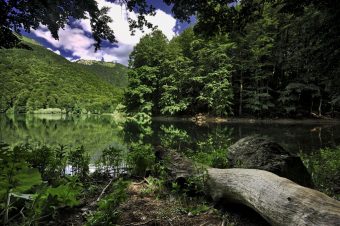
construction of transfer stations, recycling yards, and other supporting infrastructure.
The introduction of separate waste collection system is necessary for the valorisation of dry waste – paper, cardboard, plastic, and metal. In this way, the amount of waste disposed at landfills will be reduced, and it will provide the opportunity for all of us to think of waste as an important resource, and to make a personal contribution to environmental protection in a simple way. We will follow the latest European solutions in the reduction and gradual elimination of the use of plastic products.
Montenegro has been an industrial country for long, so it is not easy to repair and clean everything left from that system. For this reason, the project we are implementing with the World Bank worth 50 million euros is vital, and it is aimed at rehabilitation of four ecological black points. The construction of the Brodogradiliste site has started, and in early 2019 the rehabilitation of the landfills Gradac and Maljevac will begin.
We are also working on the concept for the location of the Aluminum Plant Podgorica. Upon completion of these projects, the decades-old problem of the historical industrial pollution in Montenegro will be solved.
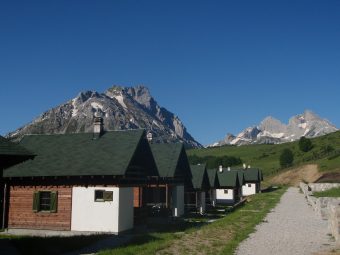
At the same time, we care about air pollution; therefore, we have established a national network for monitoring air quality at seven measuring stations. Data can be followed in real time on the website of the Environmental Protection Agency of Montenegro.
At the end of March 2018, the conceptual solution for the ecological reconstruction of TPP “Pljevlja” contract was signed, which is after 36 years of the plant’s operation the most significant environmental project. At the same time, we will work on the reconstruction and development of the secondary district heating network as a permanent solution to air pollution in Pljevlja.
As a result of the efforts made to preserve the variety of our biodiversity, around 13% of the Montenegrin territory is currently protected.
We hope that people will change their attitude towards nature because our habits are often a stumbling block. Plastic bags that “decorate” the treetops in riverbeds are not only an ugly sight but also extremely harmful to the environment and health. That is why we will also be committed to educating the population.
EP: Sustainable tourism is becoming increasingly popular in the context of the fight against climate change. Do you know of some examples of this practice in your country?
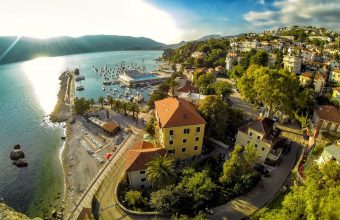
Pavle Radulovic: The Tourism Development Strategy defines creation of sustainable touristic products until 2020. I would single out several projects, primarily solar catamaran, whose first implementation phase will soon begin. The concept is designed as regular passenger transportation, and it is particularly important to us because tourists will surely love to use it. It will reduce the traffic jams in the bay. The positive aspect is also the speed of the transport itself. According to the investors, only 18 minutes will be needed for the Herceg Novi-Tivat trip. We expect that the entire project will be in operation in 2020. I would like to mention that the Ministry of Sustainable Development and Tourism, in partnership with the United Nations Development Program (UNDP), has been implementing the Development of the Low Carbon Tourism program in Montenegro for already four years now, with the aim to use different instruments for the so-called greening of tourist offer and reduction of carbon footprint in tourism sector. Through the support program, about 1 million euros have been allocated so far for green tourism projects.
The project for the purchase of an electric bus for the National Park Durmitor will certainly affect the reduction of traffic jams and the removal of the accompanying adverse effects that traffic has. It will reflect positively on the image of the national parks. This form of transport was recognised by hotels in Budva and Ulcinj, and the tourist organisation Cetinje.
Prepered by: Jelena Kozbasic
Read the whole interview in the new issue of the Energy portal Magazine on CLEAN ENERGY, December 2018. – February 2019.



